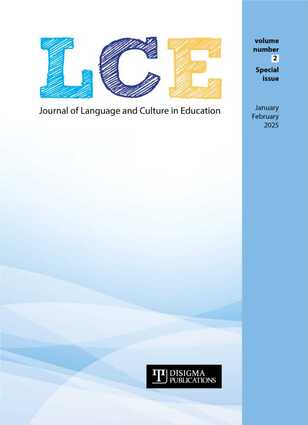
This study investigates and compares the functions of the translingual practices performed by young learners and their teacher in primary school CLIL and EFL contexts from the Valencian Community (Spain). 22 7-year-old students from the 2nd year of primary education and their EFL and CLIL science teacher took part in the study. Classroom observations and video-audio recordings were conducted in 8 EFL (6 hours) and 8 CLIL lessons (6 hours). Data was transcribed and analysed employing two taxonomies that we have adapted, Sampson’s (2012) and Sahan and Rose’s (2021) classifications of language use. Findings indicate that translanguaging was employed by participants in both contexts to accomplish particular teaching, learning, and communicative functions. However, translanguaging episodes were more frequent in EFL than in CLIL. Statistical results demonstrated differences in specific subfunctions of translanguaging between CLIL and EFL settings, dealing with certain aspects of students’ metalanguage and teacher’s content transmission and classroom management. This study suggests the adoption of a more multilingual approach in early language and content learning, as well as the need for teacher training on the use of effective translanguaging strategies.